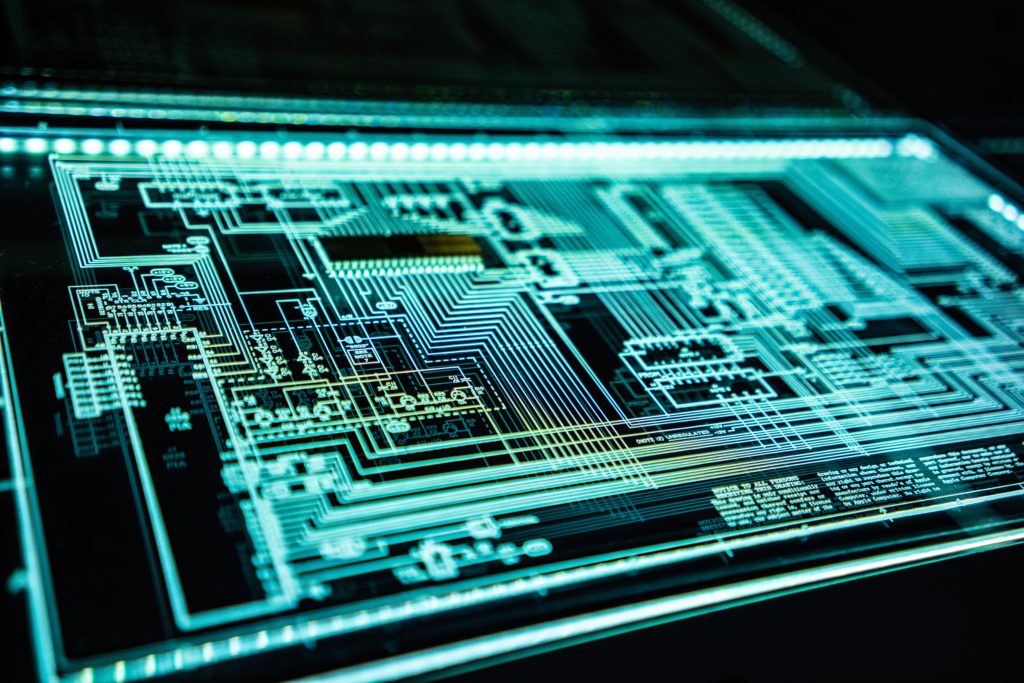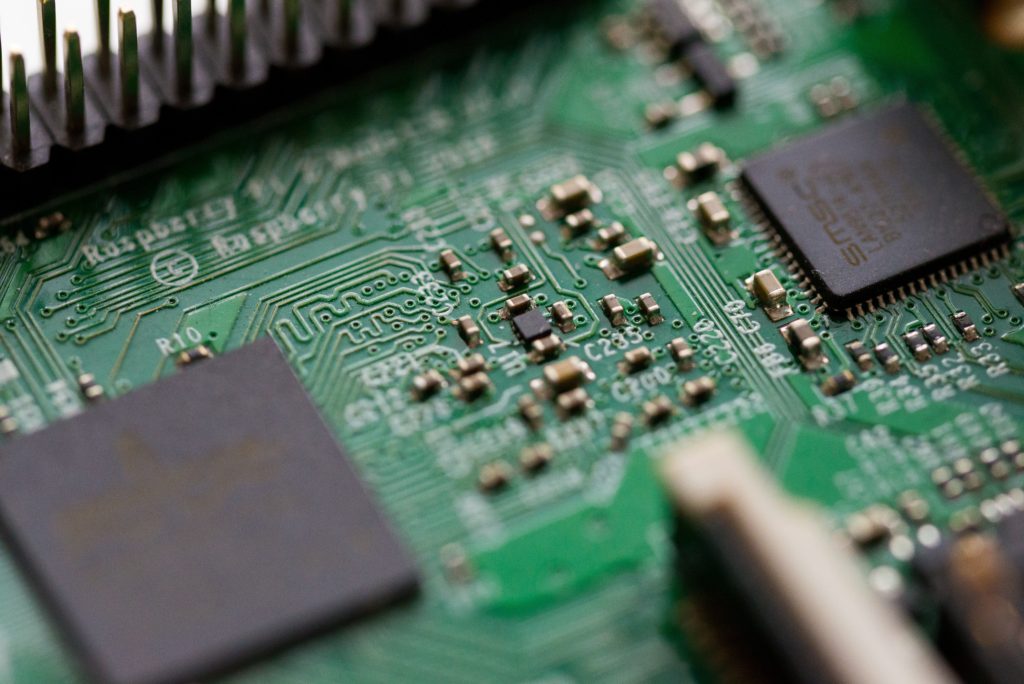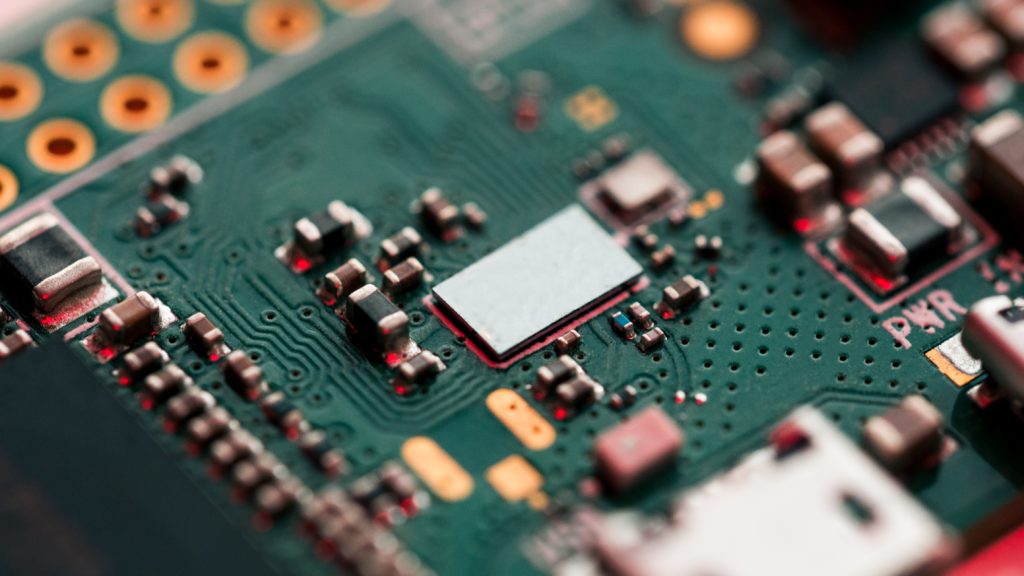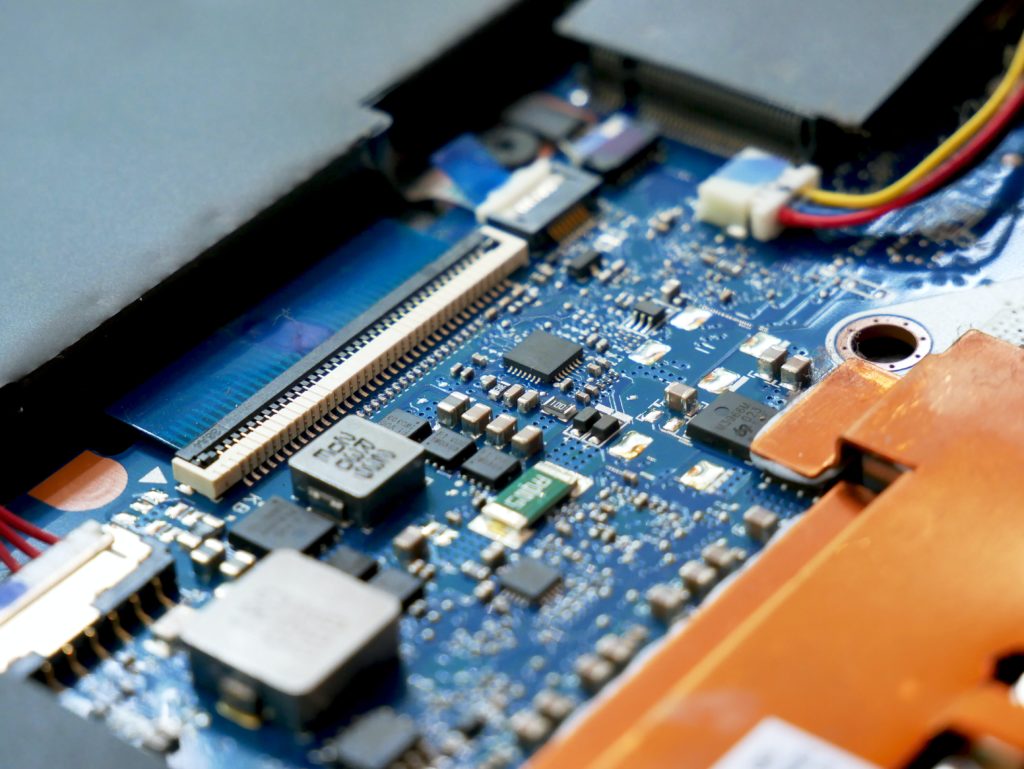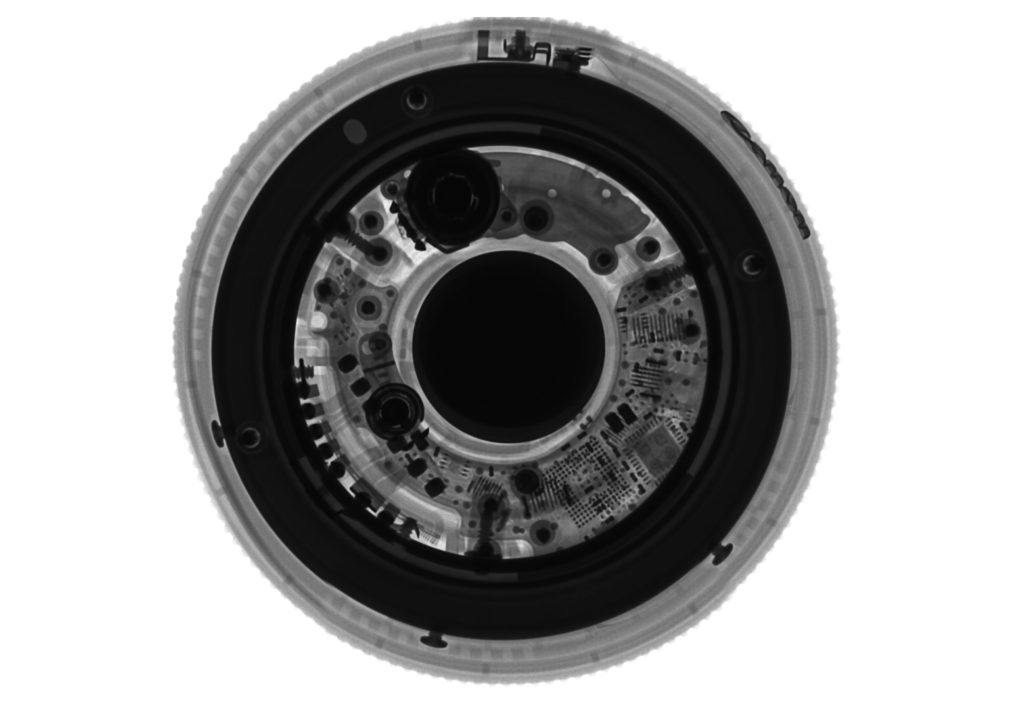Photo by Glen Carrie on Unsplash
New silicon-powered products should have advanced features. These features also have to differentiate from the existing ones. Otherwise, the probability of success in the market will be very low. On the opposite side, the new semiconductor technology development is slowing down due to the need to find solutions that meet More-Than-Moore requirements. All of this is also delaying new features at the die level. However, the semiconductor industry still has to bring new products.
Products: Feature List Of New Semiconductor Products Is Slowly Becoming Limited.
Features: The Majority Of The New Features Now Follows The Productization Process.
To tackle the dilemma of new features vs the ability to use new technology nodes, a productization path is being taken. Using productization, semiconductor companies can make use of existing and proven technology nodes to drive new features. Even though the design and manufacturing process is not able to use the latest technology node or assembly processes, the end goal of providing new types of products is still achieved.
What Is Productization: A Process Of Turning An Existing Technology Into An Repeatable Effort To Enable New Products.
Productization is not always positive news as it hinders the ability to provide more features in the new products. Take the example of XPUs. The rate of launching new XPUs is faster than the ability to enable new semiconductor technology at the die level that makes up the XPUs. On another side, there is a need to keep enabling the computing industry with new types of XPUs.
To balance these two scenarios, XPU-focused companies take the middle path and keep providing new types of XPUs by leveraging the block level optimization while building new semiconductor technologies that can, later on, provide a needed larger push towards a new era of XPUs.

In many cases, productization can also be taken as a negative scenario. However, it is another business process using which new products get launched to meet the end goal of enabling new products in the market. A similar productization process has been used by different industries including automotive, consumer electronics, and several others.
When it comes to the semiconductor industry, the fundamental reason to make use of productization is to overcome the technology wall which has hindered the ability to enable next-gen features. While the design processes are still able to make use of old semiconductor technology to enable new efficient products, however, the road to keep doing so is sooner or later going to end.
Wall: Primary Reason For Productization Is Decreasing Room To Enable New Features.
Future: Future Semiconductor Products Will Have To Overcome Technical Wall.
With the rate at which the semiconductor use case is speeding up, productization can help cater to several use cases which do not demand or need the latest semiconductor technology. However, there will come a point where these types of use cases will also need the new silicon-level technology.
In summary, as part of a long-term strategy, the semiconductor industry will have to cut down the time to enable next-gen semiconductor solutions (mainly nodes, FETs, and lithography solutions). Otherwise, even the productization process will not be able to help in the long term.


